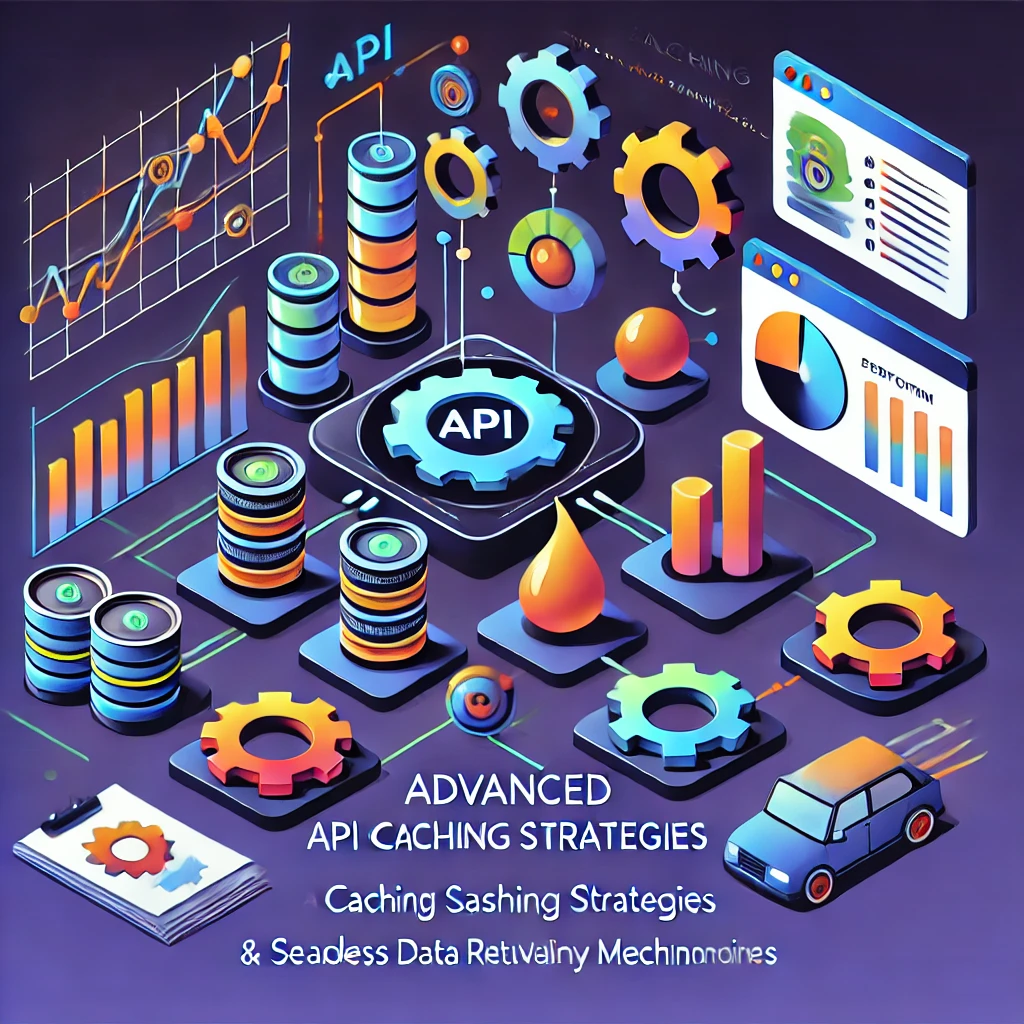Advanced API Caching Strategies with Syncloop Tools

Syncloop provides powerful tools to implement and manage caching at various levels, enabling developers to optimize API performance seamlessly. This blog explores advanced caching strategies using Syncloop tools, their benefits, and best practices for leveraging them effectively.
Why Caching is Crucial for APIs
Caching reduces the time and resources required to process frequent or redundant API requests. Key benefits include:
- Improved Performance: Accelerates API responses by serving data from cache instead of querying backend systems.
- Reduced Server Load: Offloads processing demands from servers, freeing up resources for other tasks.
- Cost Efficiency: Minimizes infrastructure costs by reducing computation and database query overhead.
- Enhanced Scalability: Supports high traffic volumes without degrading performance.
How Syncloop Supports Advanced API Caching
Syncloop offers robust caching features that empower developers to implement and manage caching efficiently:
1. In-Memory Caching
Syncloop supports in-memory caching for high-speed data retrieval, making it ideal for frequently accessed data.
2. Distributed Caching
For applications with multiple servers, Syncloop integrates with distributed caching systems like Redis, ensuring consistency across nodes.
3. Granular Cache Control
Define caching rules at the resource, endpoint, or query parameter level, allowing fine-grained control over cached data.
4. Time-to-Live (TTL) Policies
Configure TTL policies to automatically expire stale cache entries, maintaining data accuracy while optimizing performance.
5. Conditional Caching
Use conditional logic to cache responses based on request headers, user roles, or specific query conditions.
6. Cache Invalidation
Syncloop provides tools for automatic and manual cache invalidation, ensuring outdated data is removed promptly.
7. Real-Time Monitoring
Track cache hit rates, invalidations, and usage patterns through Syncloop’s monitoring dashboards to optimize caching strategies.
Advanced Caching Strategies with Syncloop
1. Full-Page Caching
Cache entire API responses for static or infrequently changing resources, such as product catalogs or blog posts.
2. Query Caching
Cache the results of database queries to serve API responses faster for endpoints with complex filters or aggregations.
3. User-Specific Caching
Use personalized caches for user-specific data, such as shopping carts or profile details, to improve individual experiences.
4. Layered Caching
Combine client-side, edge, and server-side caching to maximize efficiency while ensuring up-to-date data delivery.
5. Stale-While-Revalidate
Serve cached data while fetching updated information in the background, ensuring minimal latency for users.
6. Cache Partitioning
Partition cache by parameters like region, language, or tenant in multi-tenant applications to prevent data mixing and improve efficiency.
Benefits of Advanced Caching with Syncloop
- Enhanced Speed: Accelerate API responses by reducing backend processing time.
- Scalable Performance: Support high volumes of traffic with distributed and layered caching techniques.
- Improved Accuracy: Dynamic invalidation ensures users receive up-to-date data when needed.
- Resource Optimization: Free up server resources by offloading repetitive tasks to cache.
- Actionable Insights: Use monitoring tools to refine caching strategies based on real-world usage patterns.
Real-World Applications of Syncloop Caching
1. E-Commerce Platforms
Cache product catalogs, pricing information, and search results to deliver a fast and seamless shopping experience.
2. SaaS Applications
Use caching for frequently accessed user settings, dashboards, and reports, reducing load times for users.
3. Content Delivery Networks
Implement edge caching for static content like images, videos, and CSS files to minimize latency for global audiences.
4. IoT Systems
Cache device configurations and telemetry data to optimize bandwidth usage and speed up analytics.
Best Practices for API Caching with Syncloop
- Define Clear Rules: Establish caching rules for specific endpoints and data types to avoid over-caching or under-caching.
- Monitor Effectively: Use Syncloop’s analytics to track cache performance and identify areas for improvement.
- Invalidate Thoughtfully: Implement dynamic cache invalidation mechanisms to maintain data accuracy.
- Prioritize High-Impact Data: Focus caching efforts on resources and queries that significantly impact performance.
- Leverage TTL Policies: Use TTL to balance data freshness with performance.
- Combine Layers: Utilize layered caching (client, edge, server) for maximum efficiency.
Conclusion
Advanced API caching strategies are essential for delivering high-performance, scalable, and cost-effective applications. Syncloop provides the tools and flexibility needed to implement these strategies, ensuring your APIs can handle demanding workloads without compromising speed or accuracy.
Whether you’re building e-commerce platforms, SaaS applications, or IoT systems, Syncloop enables you to optimize caching and deliver exceptional user experiences. Embrace Syncloop to unlock the full potential of API caching and drive your application’s success.
A dynamic visualization of an API caching workflow powered by Syncloop, showcasing layered caching, TTL policies, and cache monitoring dashboards.
Back to Blogs